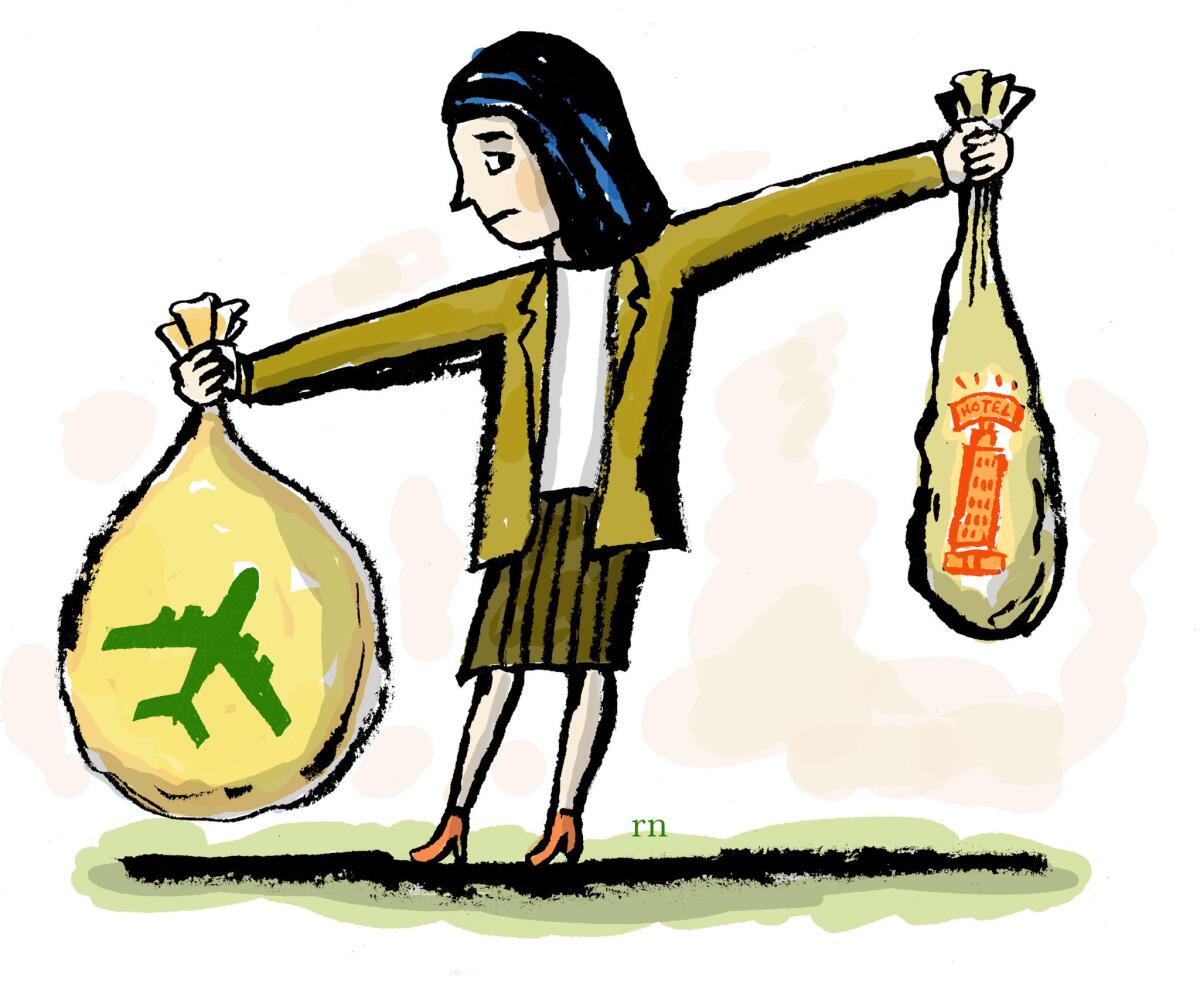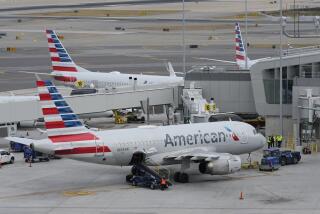Timing is essential to finding cheapest airfare this summer

Booked your summer flights yet? Remember, the best time to lock in your ticket is about seven weeks out. Here are some other suggestions, courtesy of CheapAir.com, which mines its database for trends and pivot points in prices and availability:
1. Check fares early and often
The average fare difference between the best day to buy your airline ticket and the worst is $236, the travel site says. Airlines change fares constantly, often many times a week. CheapAir recommends you start checking fares as soon as you know you’ll be flying.
2. Don’t book too early or late
According to a CheapAir study last year, 49 days was, on average, the optimal time to buy domestic plane tickets. The most important take-away from the study: Don’t book too late (within 14 days), or too early (more than five months in advance). Somewhere between three weeks and four months in advance is usually the sweet spot.
3. The best day to book?
Tuesdays and Wednesdays are generally the least expensive days for domestic flights, and Fridays and Sundays are the most expensive. The difference between a Tuesday flight and a Sunday flight is $29 each way on average, or $58 round trip.
4. Consumer demand is everything
The most important factor that influences the price of a particular flight is how full that flight is. Hence, spring break, Thanksgiving and Christmastime are always more expensive than normal. Similarly, some destinations, especially international ones, are very seasonal in nature, so research the low and peak seasons for the places you’re interested in visiting. In Europe, you can find some amazing deals during the February and March low season, but if you want to go during the summer, you’ll pay up to double the price.
5. Mix and match airlines
Mix-and-match options come in handy when either (1) the best possible fare for an itinerary requires travel on one airline going out and another airline coming back; or (2) the airline with the most convenient outbound flight doesn’t have a convenient return flight or vice versa. CheapAir features a “Mix & Match” category that essentially lets you combine two one-way fares that may or may not be on the same airline, to form a round trip.
6. Sign up for airfare alerts
To help keep an eye on fare trends, sign up for CheapAir FareTracker alerts. You’ll get notified more quickly when a sale starts and get a head start when only a limited number of seats are available.
7. Prepare for extra bag fees
Most airlines now charge for checked bags, and some even charge for carry-on. You should factor that into your purchase decision. Read more about airline baggage fees and what to know before you fly.
8. Check alternative airports
Check to see whether there is more than one airport near your origin or destination city. The more options you have in terms of airports and travel dates, the more likely you will find what may be one of the last discount seats to where you are going.
9. Break up families or groups into separate purchases
The more people who go, the better the rate should be, right? That’s rarely true with the airlines; group discounts are few and far between. Because airlines will typically limit the number of seats per flight they sell at their lowest rate, sometimes you can actually price yourself out of a good deal simply by having too many passengers. If, for instance, Airline X has two seats remaining on a flight at $100 and a bunch of other seats available for $150, if you do a search for a group of four, the price that will come back will be $150. But if you search for two seats at a time, you can buy two for $100 and only have to pay the extra $50 for the second two.
10. Buy on a site that offers price-drop payback
Some sites — CheapAir is one of them — have safeguards in place in case your fare goes down after you purchase. In CheapAir’s case, if the same itinerary goes down any time before your trip, the company will pay you the difference in the form of a travel voucher for up to $100 per ticket.
More to Read
Sign up for The Wild
We’ll help you find the best places to hike, bike and run, as well as the perfect silent spots for meditation and yoga.
You may occasionally receive promotional content from the Los Angeles Times.







